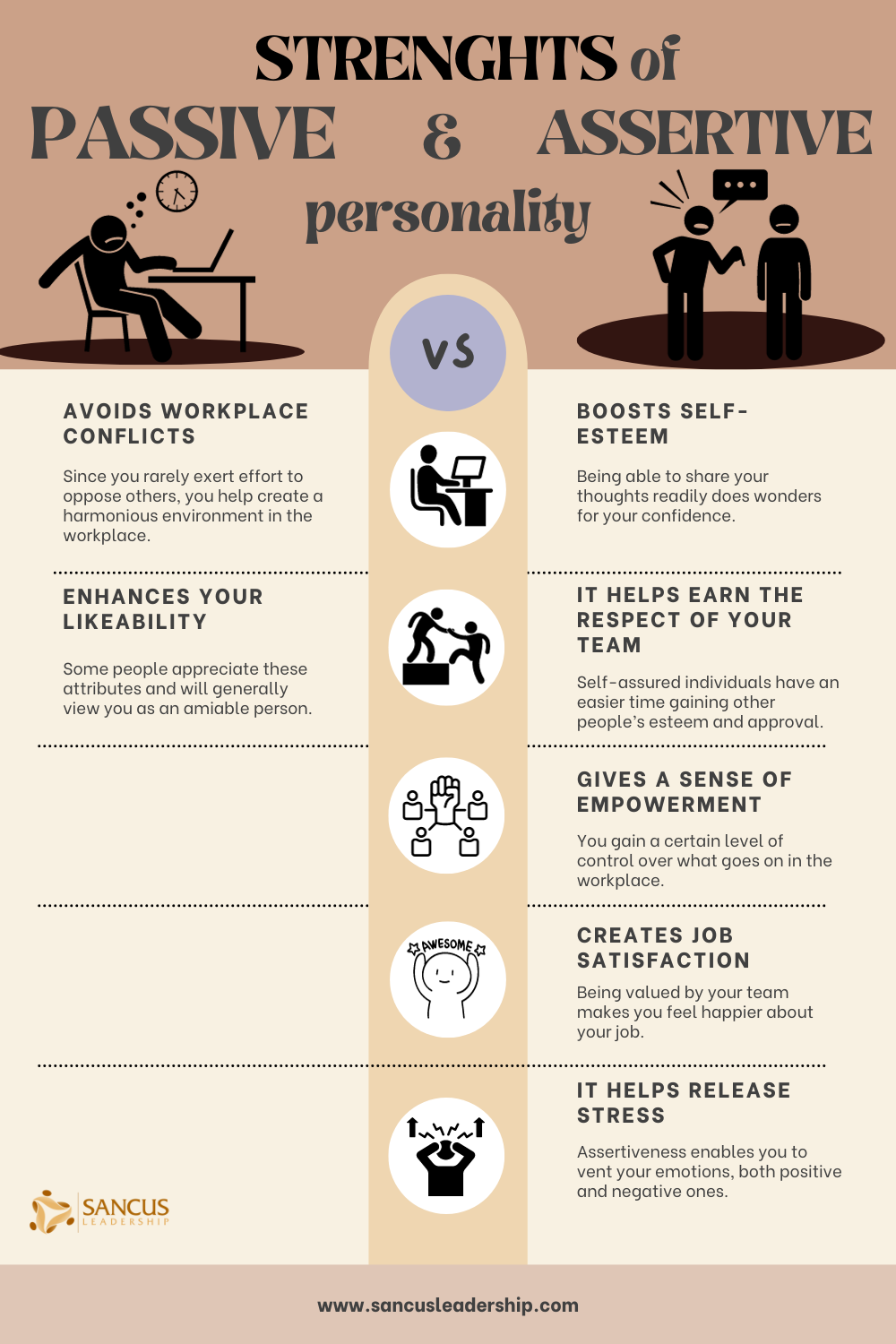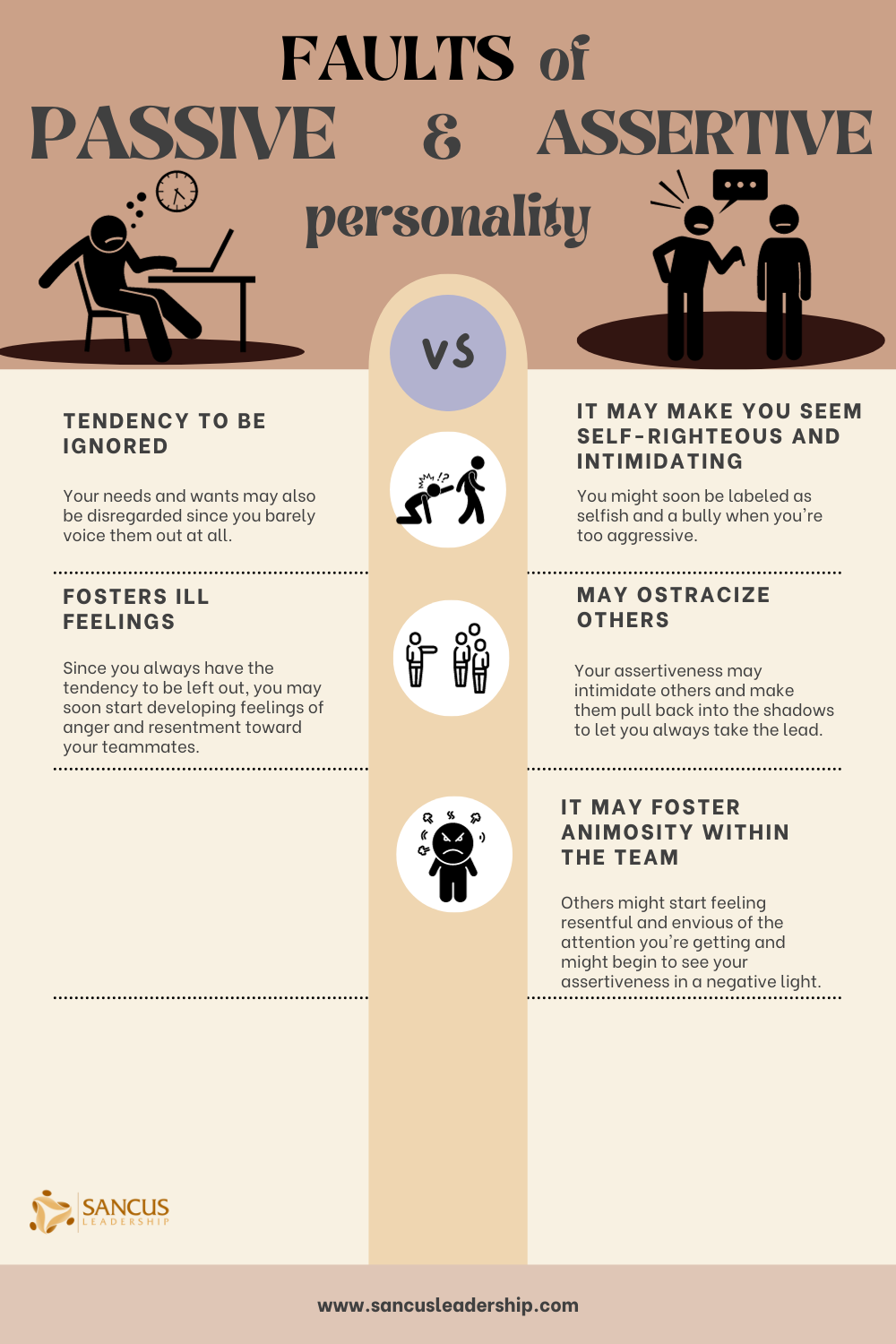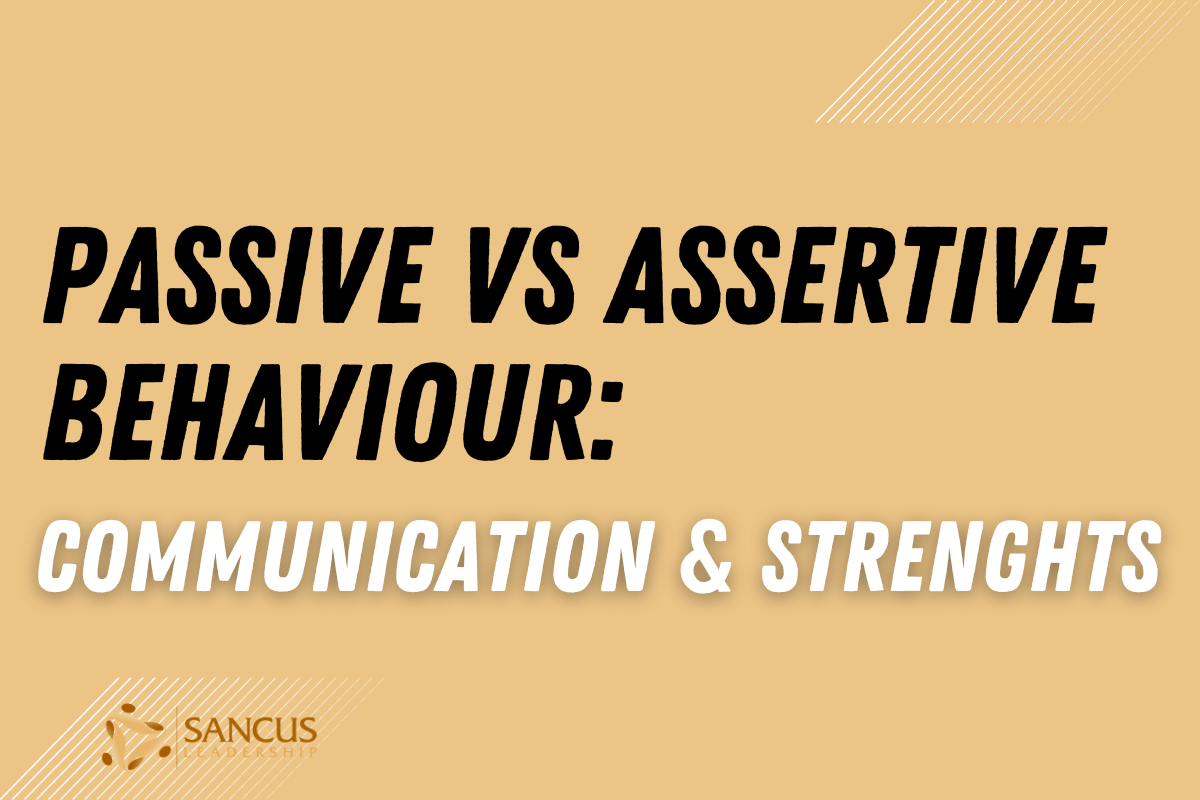Passiveness and assertiveness are two types of behaviors commonly seen around the workplace. They have contrasting principles, but both have their advantages and downsides. The key is learning how to harness their strengths and downplay their weaknesses so that the business’s interests are not compromised.
The disinclination characterizes passiveness to speak out and stir up conflicts in the team. Alternatively, assertiveness is distinguished by the eagerness to contribute and participate in all team affairs. Passiveness may be seen as apathy, while assertiveness may be a leadership trait.
This article tackles the differences between passive and assertive types of behavior in the workplace, particularly the attributes of each style and how each deals with communicating with others in the organization. We will also highlight the strengths and weaknesses of each behavior type and how these can affect the team’s synergy and the organization’s interests. Let’s start!
Why is language important in small team leadership?
Key Differences Between Passive and Assertive Behavior

Passiveness and assertiveness in the workplace are two types of behavior as different as night and day. You can quickly tell them apart, and although one might seem more dominant than the other when taken at face value, they each have advantages and downsides. The key is determining which one works best for you, depending on your personality and the circumstances you find yourself in.
Let’s talk about each point in detail:
Communication Style
People who are introverted and shy typically adopt passive behaviors in the workplace. They don’t like being in the spotlight, so they rarely voice their thoughts, feelings, and ideas (a.k.a. passive communication). If they must, they speak softly and get right to the point so they can stop being at the center of attention as soon as possible. Passive people also dislike maintaining eye contact and tend to fidget when speaking, especially in groups.
On the other hand, outgoing people usually adopt assertive behaviors and typically outshine their peers. They like speaking up and don’t mind, even when the spotlight is constantly on them. They look people in the eye when they talk, use well-modulated voices, and gesture confidently.
Team Interaction
Active communicators prefer to avoid engaging with their team members. They would much rather take a backseat during discussions and project implementations and let others lead. They don’t enjoy participating in debates, so they agree with whatever anyone suggests, even if it contrasts with their beliefs and ideas.
Passiveness is not everyone’s cup of tea. Some people might appreciate their apparent easy-going personality, but others might need more participation and input. Managing them can be tricky, too, since they only really expose a little about their thoughts, ideas, and plans for the future.
It took me a year to go beyond being frustrated by one of my teammates because he wouldn’t speak up when I thought it was necessary. With some retrospect and humility, I now question who I am to decide when others should or shouldn’t speak up. He spoke when he felt he had value to add; more people should be like that!
On the contrary, assertive communicators love participating and contributing to all team matters. They share input, debate with their teammates, and strive to develop rapport and healthy business relationships with their leaders and peers. They like taking the lead and have no qualms about spearheading projects.
Assertiveness is also quite tricky since only some people react positively to it. Some might appreciate the candidness and enthusiasm, while others might feel unnerved or intimidated by the boldness and vigor. Managing assertive communicators can be challenging because their natural leadership tendencies may sometimes clash with or supersede their leader’s. However, their transparency makes it easier to lead them toward set goals.
| Difference of passiveness and assertiveness in the workplace | Description |
| Communication Style | People who are introverted and shy typically adopt passive behaviors in the workplace. They don’t like being in the spotlight, so they rarely voice their thoughts, feelings, and ideas. On the other hand, outgoing people usually adopt assertive behaviors and typically outshine their peers. They like speaking up and don’t mind, even when the spotlight is constantly on them. |
| Team Interaction | Active communicators prefer to avoid engaging with their team members. They would much rather take a backseat during discussions and project implementations and let others lead. On the other hand, some might appreciate the candidness and enthusiasm, while others might feel unnerved or intimidated by the boldness and vigor. |
Strengths and Faults of Passiveness and Assertiveness

In the workplace, people with different personalities work together to achieve goals collaboratively. They synergistically push the business forward toward growth and success. Whether you’re passive or assertive, each individual must do their share, and each personality type certainly plays an essential role.
Here are some of the strengths and faults of both passive and assertive personalities:

Passive Personality
Passive behavior in the workplace often earns a bad rap, but when utilized appropriately, you can make it work to your advantage. Here are some of its strengths and faults:
Strengths
- Avoids workplace conflicts. Since you rarely exert effort to oppose others, you help create a harmonious environment in the workplace.
- Enhances your likeability. Being passive can sometimes be seen as a peace-lover and being selfless. Some people appreciate these attributes and will generally view you as an amiable person.
Faults
- Tendency to be ignored. Since you barely speak out to let your thoughts be heard, your teammates might typically overlook you when delegating tasks or assigning roles. Your needs and wants may also be disregarded since you barely voice them out at all.
- Fosters ill feelings. Since you always have the tendency to be left out, you may soon start developing feelings of anger and resentment toward your teammates.
Assertive Personality
Assertiveness can take you places, but you also need to learn how to harness it so it doesn’t become detrimental to your development and success. Here are some of its strengths and faults:
Strengths
- Boosts self-esteem. Being able to share your thoughts readily does wonders for your confidence. You realize you’re a valued team member when you feel seen and heard.
- It helps earn the respect of your team. Self-assured individuals have an easier time gaining other people’s esteem and approval. Assertiveness allows you to speak frankly, truthfully, and respectfully toward your leaders and teammates.
- It helps release stress. Assertiveness enables you to vent your emotions, both positive and negative ones. It also equips you with the courage to say no when you don’t want to take on more tasks because there’s a lot on your plate.
- Gives a sense of empowerment. Since you’re always keen on voicing your thoughts and people always listen to what you have to say, you gain a certain level of control over what goes on in the workplace.
- Creates job satisfaction. Being valued by your team makes you feel happier about your job.
Faults
- It may make you seem self-righteous and intimidating. If not correctly tamed, assertiveness can evolve into aggressiveness. You might soon be labeled as selfish and a bully when you’re too aggressive.
- May ostracize others. Your assertiveness may intimidate others and make them pull back into the shadows to let you always take the lead.
- It may foster animosity within the team. Others might start feeling resentful and envious of the attention you’re getting and might begin to see your assertiveness in a negative light.

Here’s a video discussing why assertiveness at work is important. This also talks about why it is important to understand Passive, Aggressive, Passive-Aggressive, and Assertive behaviors because they are all essential to business and professional skills.
Final Thoughts
Passiveness might have its strengths — it might make you seem a lot more amiable and allow you to steer clear of workplace drama — but when you fall deep into this habit, it can be detrimental to your career. Your disinclination to speak out and participate can make you feel neglected, overlooked, and unappreciated.
Assertiveness has its strengths, too. It can empower and establish you as one of the team’s most valuable assets. However, if you’re not careful, it might spiral out of control and evolve into aggressiveness — a personality trait commonly shunned in the workplace.



